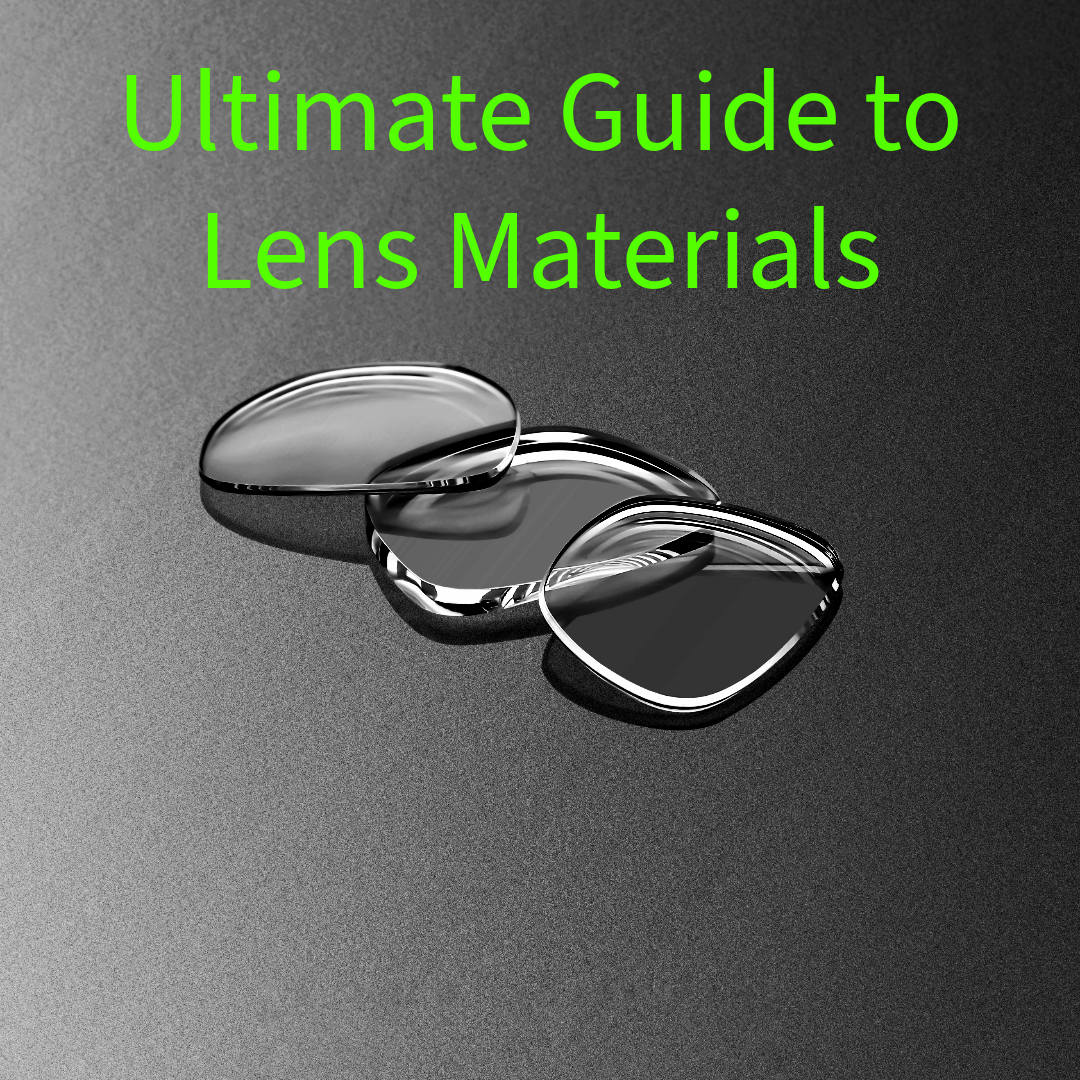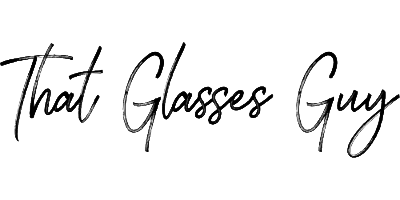
The Ultimate Guide to Choosing the Best Lens Material for Your Glasses: Pros and Cons of Each
When it comes to selecting the perfect pair of glasses, the frames often steal the spotlight. However, the lens material you choose plays a crucial role in your overall vision and comfort. Let's explore the different lens materials available and their pros and cons to help you make an informed decision.
1. CR-39 (Plastic)
Pros:
- Affordable: CR-39 lenses are typically less expensive than other lens materials.
- Lightweight: These lenses are lighter than glass, making them comfortable for extended wear.
- Good Optical Quality: They offer excellent clarity and are suitable for most prescriptions.
Cons:
- Thicker: CR-39 lenses can be thicker, especially for higher prescriptions. With good frame selection this may not be an issue.
- Less Durable: They are less impact resistnt compared to other popular materials.
2. Polycarbonate
Pros:
- Impact Resistant: Polycarbonate lenses are incredibly impact resistant, making them ideal for children and active individuals.
- Lightweight: Even lighter than CR-39, adding to the comfort factor.
- UV Protection: They naturally block 100% of harmful UV rays.
Cons:
- Optical Quality: Polycarbonate lenses generally have less crisp optics than most materials, but can be offset in tints or unnoticable to many, partiuclarly hyperopes.
- Scratch Prone: Though durable against impacts, they are much more prone to scratching than other materials due to being so soft even after coating.
3. Trivex
Pros:
- High Impact Resistance: Similar to polycarbonate, but with better optical clarity.
- Lightweight: Trivex lenses are also very light, ensuring comfort.
- UV Protection: They offer full UV protection.
Cons:
- Cost: Trivex lenses are more expensive than CR-39 and polycarbonate.
- Availability: They may not be as readily available in all optical shops.
- Thick: Trivex lenses are similiar to CR-39 In terms of thckness, although much lighter weight.
4. Hi-Index
Pros:
- Thinner: Hi-index lenses are thinner than CR-39 and polycarbonate, making them ideal for higher prescriptions.
- Stylish: Their thin profile allows for more frame options, including trendy and delicate designs.
Cons:
- Cost: Hi-index lenses are typically the most expensive option.
- Durability: They can be more fragile than polycarbonate and Trivex lenses.
- Clarity: Most high index materials are not as crisp as CR-39 or Glass
5. Hi-Vex
Pros:
- Natural Blue Light Blocking: Hi-Vex lenses inherently block blue light, reducing eye strain from digital screens.
- Lightweight and Durable: Combining the best of both worlds, Hi-Vex lenses are both light and impact-resistant.
- Excellent Optical Clarity: They provide sharp, clear vision, making them suitable for various prescriptions.
Cons:
- Availability: Hi-Vex lenses are more commonly found in independent boutiques rather than large optical chains.
- Cost: They can be pricier compared to CR-39 and polycarbonate.
Making Your Choice
Choosing the right lens material depends on your lifestyle, budget, and specific vision needs. If you're highly active or buying glasses for a child, polycarbonate or Trivex might be your best bet. For those with higher prescriptions looking for a sleek, thin profile, hi-index lenses are ideal. And if you spend a lot of time in front of digital screens, consider the added benefits of Hi-Vex lenses.
At That Glasses Guy, we pride ourselves on offering a wide range of lens materials tailored to your unique needs. Visit us to explore our collection and get personalized advice to find the perfect pair of glasses that blend style, comfort, and functionality.
Stay stylish and see clearly!
Feel free to contact us for more personalized recommendations or visit our store to explore our exclusive collection of independent brands and premium lens options.
























